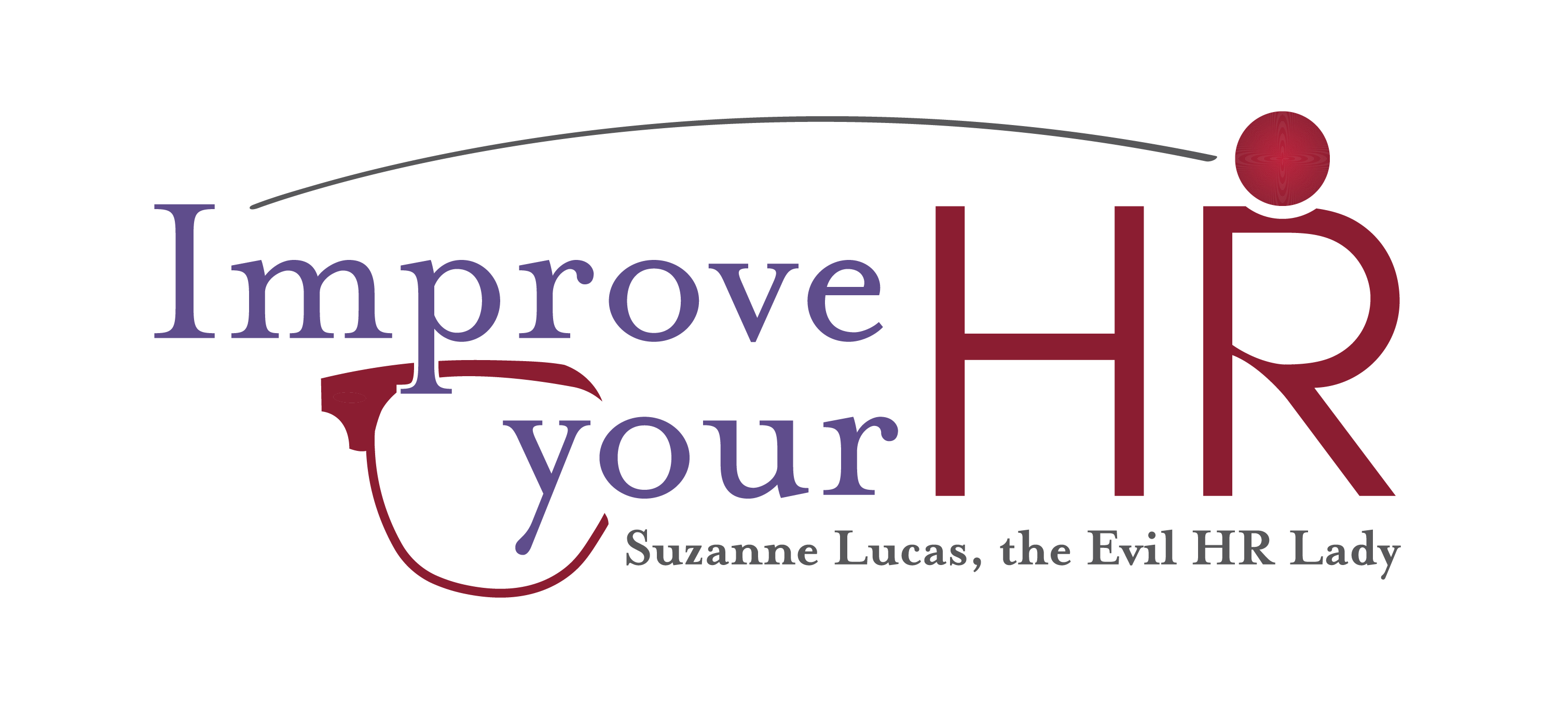Not all diversity training in the workplace is created equal.
Some approaches are more effective than others; because diversity training is so beneficial for employees and business owners alike, it’s important that your program is strong. According to Small Business Chronicle, diversity training “improves employee retention, increases morale, reduces workplace harassment and improves recruitment efforts to create a more diverse work force.”
So, how should you approach diversity training in the workplace to ensure your program will make an impact? Scholars Eden King, Alex Lindsey, Ashley Membere and Ho Kwan Cheung wrote in Harvard Business Review about types of diversity training that work. Their research—which included looking back over 40 years worth of diversity training evaluation—found that two particular methods were most effective.
To find out which were most effective, click here: How to Approach Diversity Training in the Workplace

I think the key here is that the training focus on positive approaches, such as the goal-setting one. Bad diversity training — that which focuses on what NOT to do — sometimes, ironically, results in an increase in incidents of workplace harassment.
Empathy should be emphasized. If you woke up tomorrow, and the boss-worker roles were reversed, how would you feel about being the recipient of your prior actions? If you woke up the other gender, how would you feel about walking down the street?
It extends to other realms. The Wikipedia article on the so-called “Veil of Ignorance” focuses on empathy in political discourse.